You can contact LEARNZ, part of CORE Education, at:
Postal Address:
PO Box 13 678,
Christchurch 8141,
New Zealand
Europeans did not know of the existence of New Zealand until Abel Tasman came here in 1642. Captain James Cook came to New Zealand in 1769 as part of a Royal Navy voyage of discovery sponsored by the Royal Society of London. He mapped much of the coastline of New Zealand.
The first reported European sighting of New Zealand was made by the Dutchman Abel Tasman in 1642.
Abel Janszoon Tasman was born in Holland and was an experienced sailor. Tasman and his crew of 110 men on two ships, the Heemskerck and the Zeehaen set sail from Jakarta in August 1642. The aim of the voyage was to find resources and suitable land for settlement. He sighted Tasmania (as it would later be called) on 24 November, naming it Van Diemen’s Land after Anthony van Diemen, the governor general of the Dutch East Indies.
From there Tasman sailed further east, becoming the first to cross the sea now known as the Tasman Sea.
On 13 December 1642 the Dutch sighted ‘a large land, uplifted high’ – probably the Southern Alps. As Tasman sailed around the coastline, he gave names to prominent features such as Cape Foulwind and Cape Farewell.
On the 18th of December he anchored in a bay near Farewell Spit. One of Tasman’s small boats, passing between the two ships, was hit by a Māori waka. Four of Tasman’s party were killed. It is likely that the Māori, of the Ngāti Tūmatakōkiri tribe, saw these strange newcomers as threatening, especially when the Dutch responded by shooting and hitting one Māori. Tasman named places after events or experiences that he had, so he called this place Murderers Bay now called Golden Bay.
Despite the tragic encounter, Tasman was impressed by the new country. He wrote that the place was ‘a very fine land’. Bad weather and lack of food and water lead to Tasman leaving in early January 1643.
It was Tasman who opened the way for further European exploration of the southern oceans.
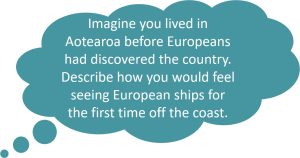
The first Englishman to sail the Pacific, Francis Drake, crossed it from east to west during his 1577–1580 circumnavigation of the globe. Later the English interest in the Pacific grew due to England’s rivalries with Spain, Holland and France. In 1767 Samuel Wallis was the first European to sight Tahiti. By the time Wallis returned to England in May 1768, another expedition to the Pacific was already being organised.
The British Royal Society wanted to see the transit of Venus (the passage of Venus across the face of the sun) which could be observed in the South Pacific. The observation would make it possible to accurately calculate distances from the Earth to both Venus and the sun. When Wallis returned with news of his sighting of Tahiti, an expedition to be led by Lieutenant James Cook was commissioned to go there and make the observations.
After observing the transit of Venus, Captain Cook was given instructions to search the South Pacific for signs of the hypothetical continent called Terra Australis. Seeing no signs of this land mass he sailed with the help of a Tahitian named Tupaia, who had extensive knowledge of Pacific geography, for New Zealand.
While the goals of Captain Cook’s’s voyages were scientific, his English sponsors wanted to expand trade and the British empire. Captain Cook was careful to include in his reports information about the resources of the lands he visited, and if those lands were suitable for settlement by Britain.
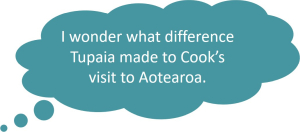
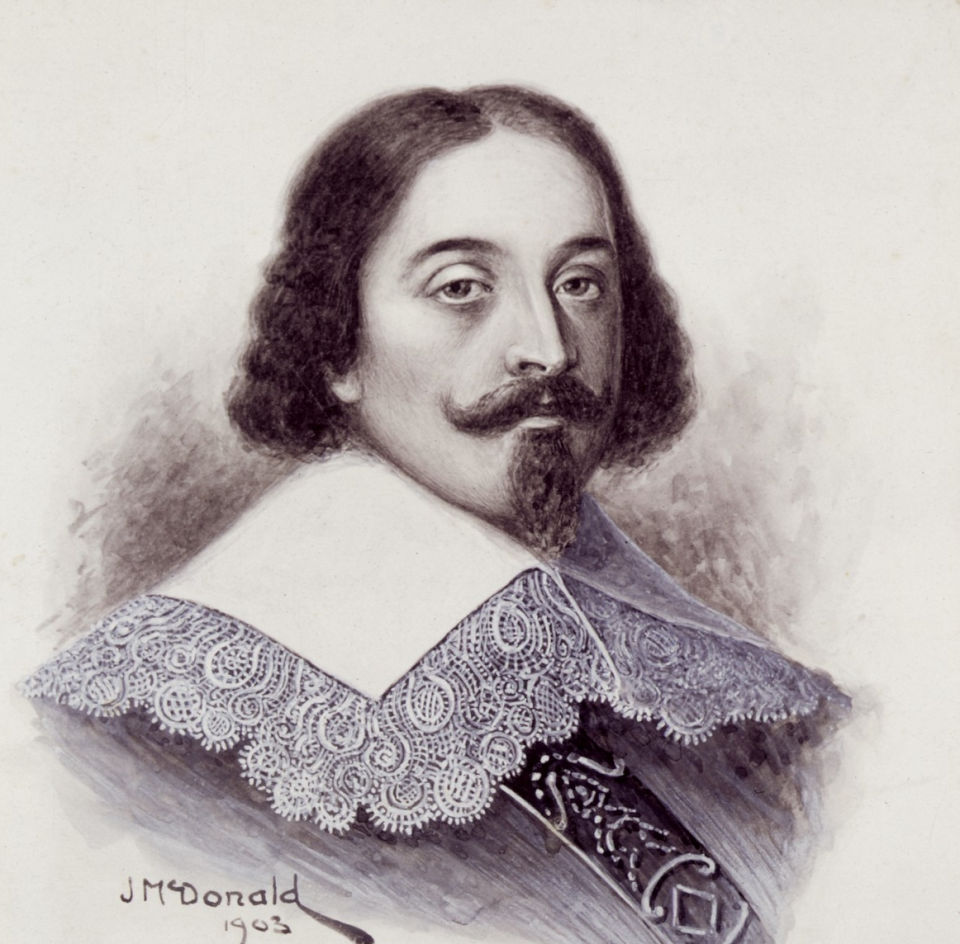
Dutch explorer Abel Tasman. Image: Alexander Turnbull Library.
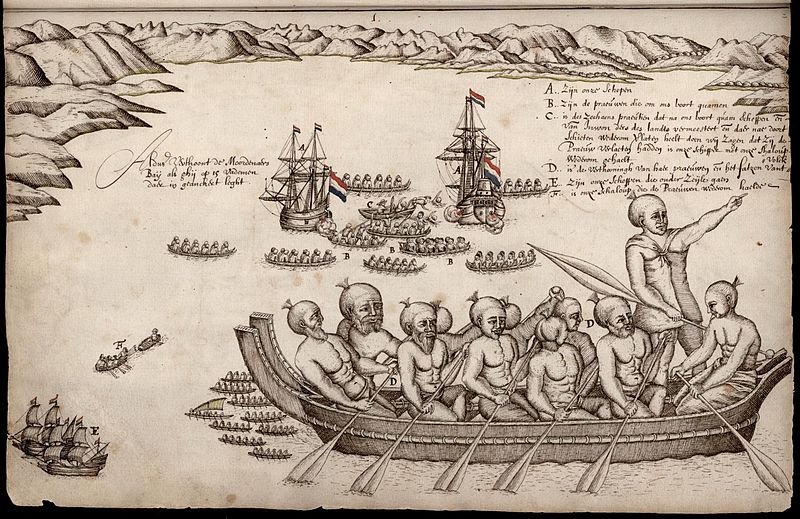
A drawing made by Abel Tasman's artist during conflict between the Dutch explorers and Māori people at Murderers Bay, now called Golden Bay. This is the first European impression of Māori people. Image: Isaack Gilsemans.
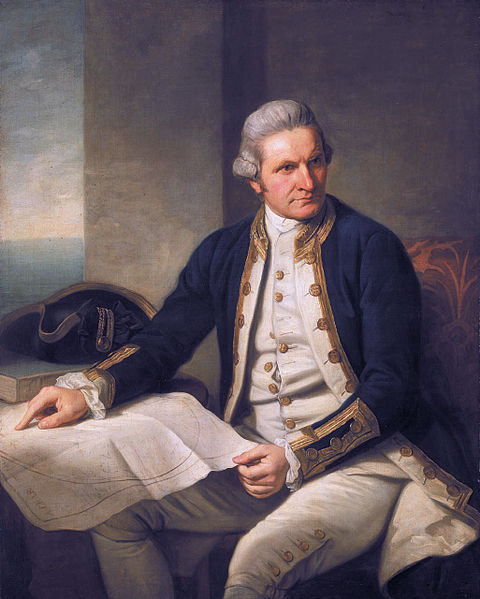
A portrait of Captain James Cook. Image: UK National Maritime Museum.
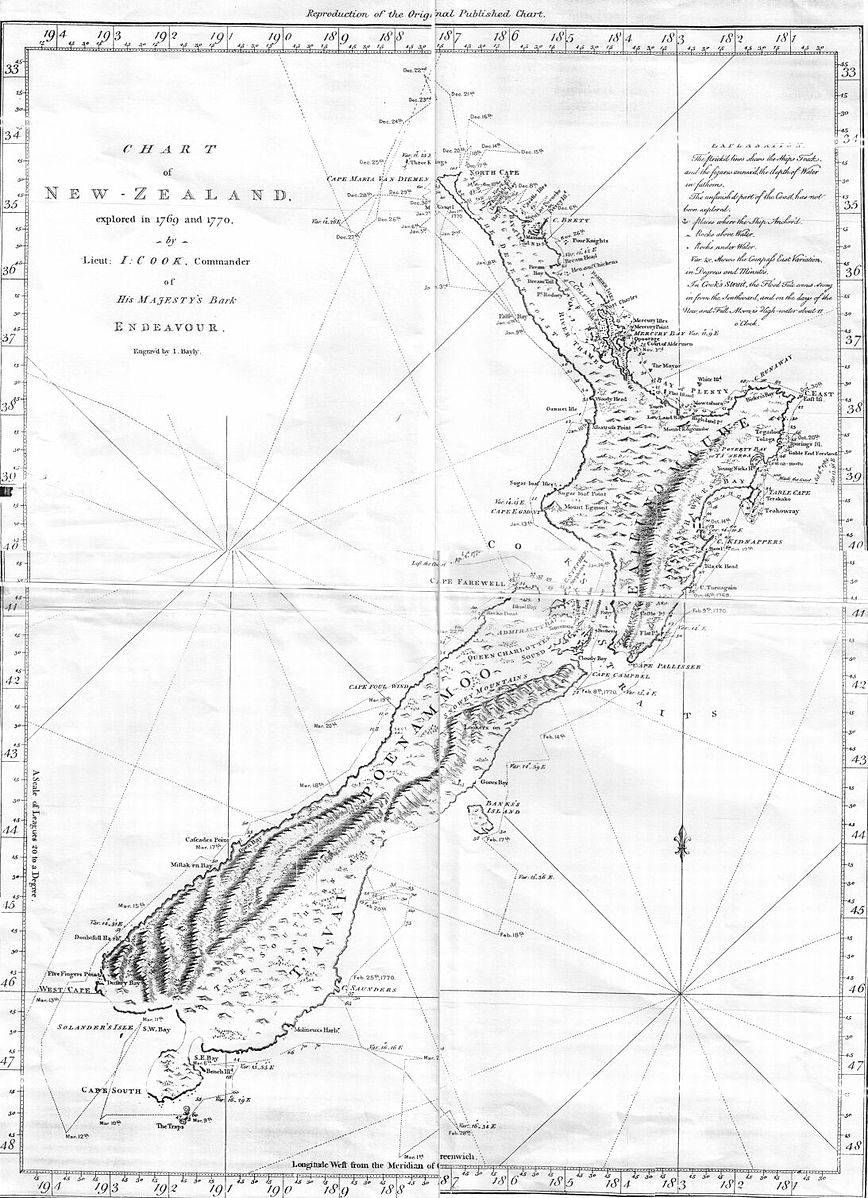
Captain Cook's maps were surprisingly accurate apart from assuming that Banks Peninsula was an island and Stewart Island/Rakiura was part of the South Island. Image: Public Domain.